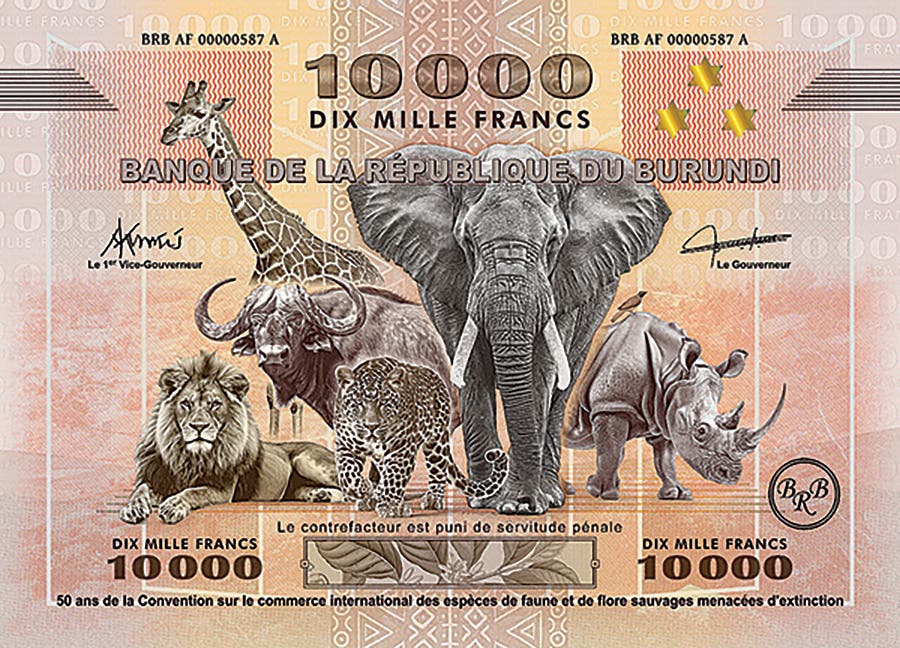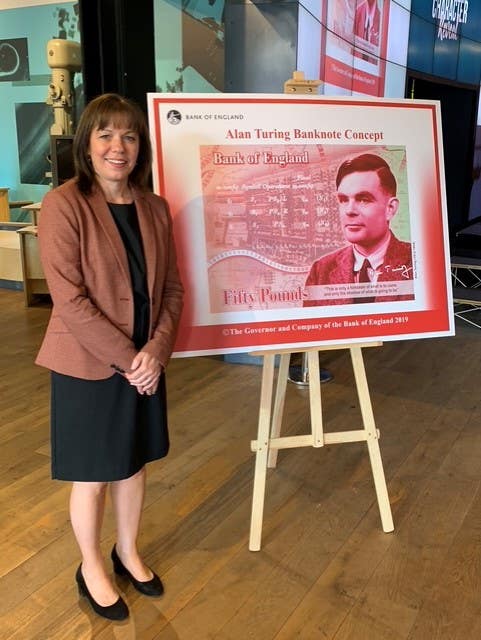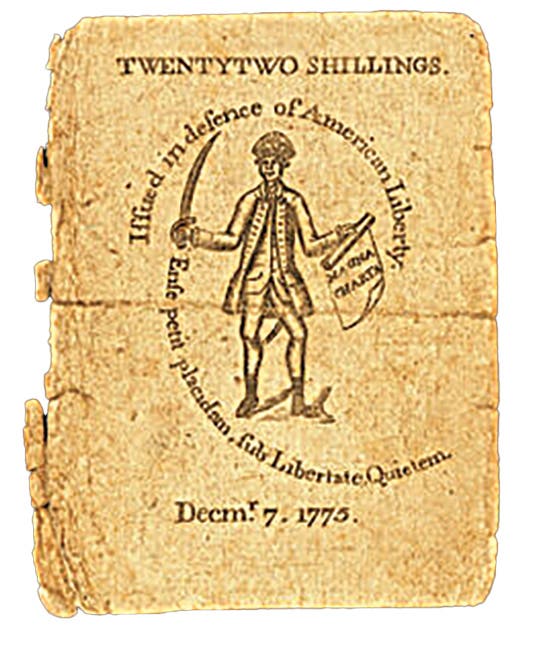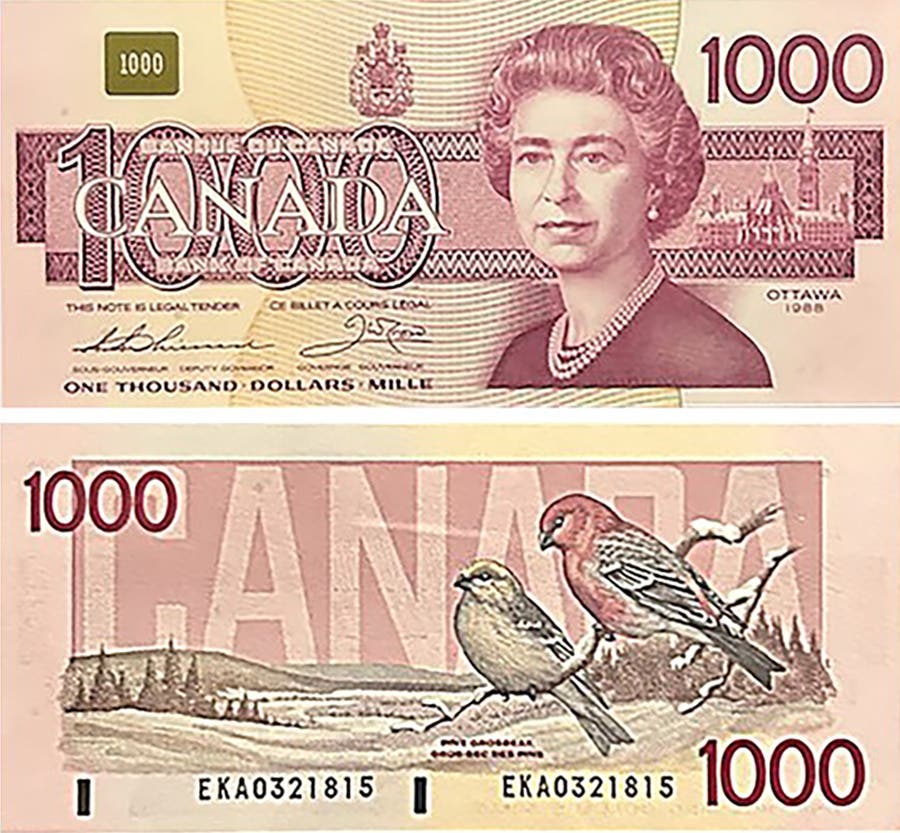Hotz off the Press: Notes from Across the Midwest
This month’s journey through small-town American currency takes us to the picturesque communities of Randall, Kansas, and Bowerston, Ohio—two charming stops with rich stories and rare notes, even if history books have left them largely behind.
I hope that you all are having a nice start to the spring season. From time to time, I acquire notes from cool, small towns with attractive old banks, but I find that there is little actual information on the towns because they are so small. I still wish to present these notes and towns to you, but I sometimes have to combine them into one article. Hence, this month, we will be visiting two small towns in different states. So, without further ado, let’s visit tiny Randall, Kansas, and quaint Bowerston, Ohio.
Randall, Kansas, listed as a “city” on Wikipedia, is little more than a dot on the Jewell County, Kansas map. Located on State Route 28, Randall is about 8 miles southeast of Jewell City, the county seat, and 25 miles north of Beloit, Kansas. This makes Randall located pretty much in the middle of proverbial nowhere. It is a tiny town with a population of just 79 per the 2020 census.
The town was laid out in 1870 and originally called Vicksburg. It was renamed Randall in 1882 after Edward Randall, an original owner of the site on which the town sits. It was and still is an agricultural community; its peak population was back in 1910 at 325 and has consistently fallen ever since.
At the tail end of 1920, the Randall National Bank was organized under charter 11887. At that time, the population of the town hovered around 300. Oddly enough, there was already another bank in town, the state-chartered Citizens Bank of Randall. The Randall National Bank was a small concern; it issued only $5 notes in “Series of 1902” plain back, and though it survived through 1935, it never issued any small-size notes. The total issue was a mere $65,000, and the circulation was the smallest available at $6,250. It is worth noting, in general, that $5 notes were heavily used and, as such, are usually much harder to find than the $10 and $20 denominations.
Of this minuscule issue, only three notes are known from the Randall National Bank. Of these, only one is attractive, with the other two graded as “good” and “Fine 15.” I have seen the “Fine 15” note, and it looks Very Good at best. The finest note is a lovely Very Fine, and I was recently able to obtain it and add it to my collection. It represents a tiny piece of Kansas’s small-town history.
Randall today just clings to life. The town is dominated by a single grain elevator, and the residential area consists of small but well-maintained homes. The entire business district is down to three buildings: the old Randall National Bank, erected in 1920, the old Citizens Bank, erected in 1910 and now serving as the town hall, and the U.S. Post Office.
All of these buildings sit in a small, connected clump on Main Street in what must once have been a far more bustling block. I have included photos of the bank and the remaining block from Randall’s once-proud days.
From Randall, we now go further east to visit little Bowerston, Ohio. Bowerston is located on State Route 51 in Harrison County in eastern Ohio, about seventy-five miles due west of Pittsburgh, Pennsylvania, and roughly ten miles east of Dennison, Ohio. Once again, it is a town located in bucolic surroundings but not really near any population center. As of the 2020 census, 356 people resided in Bowerston.
The village of Bowerston was settled in the early 19th century by Barnhard Bower and his brother John, immigrants from England who were then living in Hagerstown, Maryland. When they first moved to the area, two mills had already been built on the south side of Conotton Creek. One mill was a sawmill, the other a gristmill, and in 1804, the Bower brothers began to rebuild the mills. In 1816, Barnhard Bower purchased 600 acres from the Steubenville Land Company, and the settlement called Bower’s Mills was laid out; later it was called Bowersville and finally Bowerston.
Bowerston was platted by David Bower, Henry Hoover, and Nathaniel Bower on August 21, 1851, and was filed in court on August 2, 1852. The village was incorporated on April 2, 1883.
Railroads, among them the Steubenville & Indiana Railroad, eventually came through Bowerston and brought life to the town. Later, the Pittsburgh, Cincinnati, Chicago, and St. Louis Railroad came through town, making Bowerston the trading center for the surrounding area. Eventually, Bowerston grew to have two hotels, the Erie Hotel and the Commercial Hotel, as well as general stores, markets, and churches.
The First National Bank of Bowerston was opened in 1904 under charter 7486. Its first officers were President W.B. Penn, Vice President J.A. McKean, and cashier Burt Mann. W.B. Penn was a prominent businessman in Bowerston who owned an eponymous mercantile business founded in 1874. The First National was a small bank, with a total issue of $347,000 over a period of 25 years. It issued a smattering of “Series of 1902” red and blue seal notes and a small issue of “Series of 1929” small-sized notes. The bank went into receivership in June 1930 and was sold to the Fourth National Bank of Cadiz, Ohio. No depositors lost any money as a result of the sale.
Eight large and four small notes are currently reported on the First National Bank of Bowerston. A very attractive “Series of 1902” plain back $10 recently appeared out of the woodwork on eBay, and I snatched it up. It has the grade and lovely pen signatures of O.W. Penn, president (son of founder W.B. Penn), and J.C. Lyons, cashier. I have also included a photo of a “Series of 1929” note issued by the bank.
Today, Bowerston is reminiscent of many small Ohio towns I have seen – neat, tidy, and pleasant. Although small and out of the way, the town retains charm and is far from dead. The First National Bank building, erected in 1908, still stands at 207 Main Street and remains the only solid brick commercial building in town. It stands next to the wood-faced Trinity United Methodist Church and across the street from the U.S. Post Office.
The town has a nice little mercantile store, an impressive public library, and a couple of nice bars/grills. Main Street is lined with many beautiful Victorian-style homes; the side streets have smaller, more modern homes, but all are well-kept and attractive. There is also a volunteer fire department and a small-town park with a baseball field and basketball courts. The old Commercial Hotel building also stands on Main Street, but is rather weathered and appears vacant. I have included some photos, including the old bank, hotel, and a quaint house with a “gingerbread”-style façade.
Bowerston is not inaccessible and would be worth a look if traveling in the area. Randall, on the other hand, is rather off the beaten path, with little to see other than the buildings shown in the accompanying photographs.








